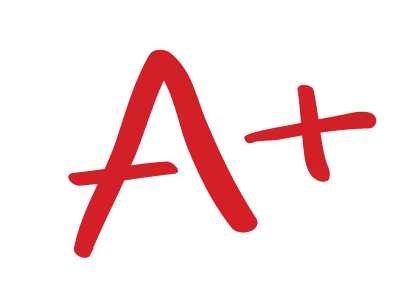How do we know when or whether a student in healthcare is ‘Fit to Practice’ as an independent practitioner?
From training to practice: how prepared are students of osteopathy to be independent practitioners? Are they fit to practice?
WRITE THIS ESSAY FOR ME
Tell us about your assignment and we will find the best writer for your paper.
Get Help Now!The purpose of this paper is to overview various methods of assessing undergraduates within different medical institutions and compare the monitoring of preparedness of newly qualified osteopaths with other medical graduates for practice. Do osteopathic educational institutions take any responsibility for their graduates after they qualify, and how much monitoring and support are provided by the statutory regulatory body after new graduates are given license to practice?
In the last two decades there has been an increase in number of osteopathic colleges in the UK as well as within European Union. These newly formed educational institutions often work together with existing, well established programmes.
The present structure of osteopathic education in the UK as well as in Europe vary from full time four year or part time five year courses at the end of which successful graduates qualify with bachelor’s degree in osteopathy – BSc(Hons), BOst or BOstMed – or a masters degree in osteopathy (MOst) and are able to enter onto register and practice as an osteopath. Every programme is validated by university and accredited by General Osteopathic Council (GOsC) (1), which is a statutory regulating body in the UK. All osteopaths in the UK are regulated by GOsC and it is against the law for anyone to call themselves an osteopath unless they are registered with GOsC.
Like most of medical curricula osteopathic programmes are mapped against learning objectives in view of testing student’s knowledge, skills and attitude.
It is fundamentally designed to drive assessments which in turn provide evidence to make a decision to reward student an appropriate qualification and allow him to practice.
So, how do we set to assess competence?
If competence means the ability to do something well is that enough to deem a student fit to practice? It is very difficult to define and measure, therefore assess competence especially with regards to clinical skills and capability. The GOsC favours term ‘capability’ but this description means that being capable is having a talent or ability for further development. I prefer word ‘competent’ even with all the complexities of defining it.
At which point do we ask that important question: is the student fit to practice? Surely, at the end of their training seems to be rather late to be asking. I believe we do not examine this issue enough throughout the course of the training. Initial interview amounts to verifying academic qualifications, inviting student to join on the course rather than making sure that they are aware that the profession they entering at the end of this learning journey has real responsibilities, social accountability and ethical commitment. If colleges are expected to charge students such a high fee are we going to ask this question at all? Do we keep our students on the course regardless of their suitability for the job especially when they are capable academically and pass all the exams and hope that they will learn what they need to learn along the way? I do appreciate that we should not act on a hunch or a gut feeling but surely many experienced clinicians know which student will and which will not ‘DO’.
Before we question fitness to practice further lets overview the learning process of medical and osteopathic student based on various assessments that are in use in current medical training.
Most curricula in medical and osteopathic colleges identifies objectives in terms of specific technical and clinical skills together with core of the subjects and professional and personal attitudes, therefore problem presents as to how to best assess it all, making sure it is appropriate at all different stages of student’s training. It is clear that there is a need for plethora of methods and formats to fulfill as many requirements as possible.
Historically, choices with regards to the method of assessment use to depend mainly on their validity and reliability, as they are not only critical but can be proven. Validity being the degree to which the inferences made about medical competence based on assessment scores is correct (Messick, 1989). Reliability or generalizability is a measure of the relative magnitude of variability in scores due to error, with the aim of achieving a desired level of measurement precision (Shavelson & Webb, 1991).
Many models have been introduced over the years to show educational journey that students undertake to become experts in th…………………………….
Introducing our Online Essay Writing Services Agency, where you can confidently place orders for a wide range of academic assignments. Our reputable homework writing company specializes in crafting essays, term papers, research papers, capstone projects, movie reviews, presentations, annotated bibliographies, reaction papers, research proposals, discussions, and various other assignments. Rest assured, our content is guaranteed to be 100% original, as every piece is meticulously written from scratch. Say goodbye to concerns about plagiarism and trust us to deliver authentic and high-quality work.



